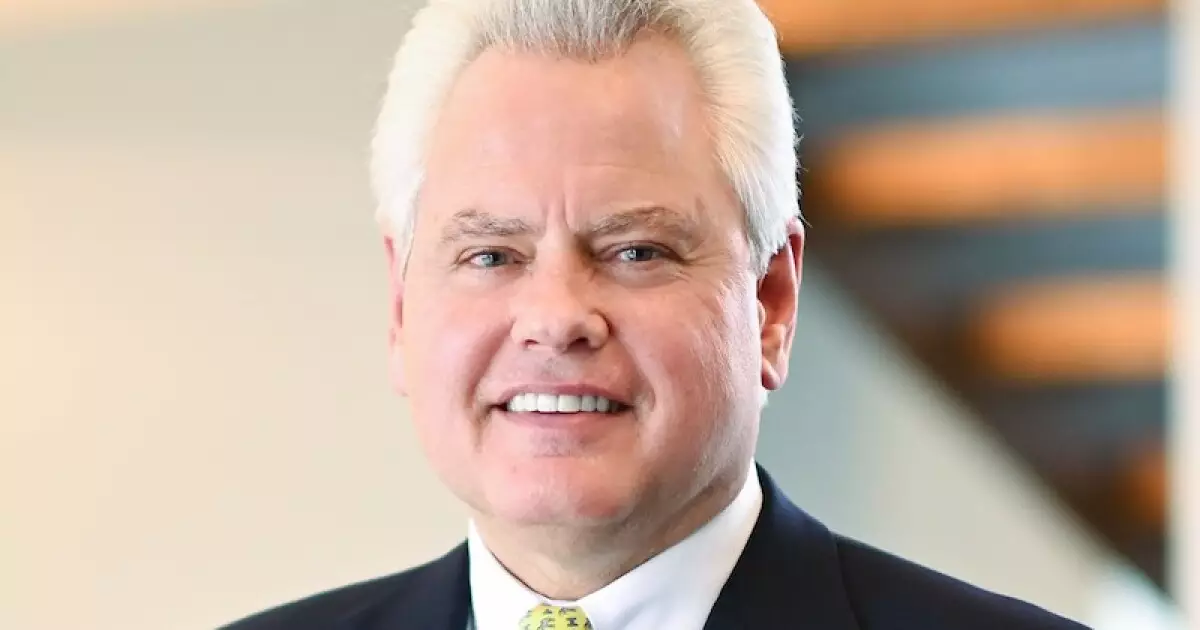In the world of academia and education management, mergers and acquisitions often appear as brilliant alliances aimed at innovating and expanding horizons. Yet the recent failure of the University of Idaho (UI) to acquire the University of Phoenix (UoP) highlights several pitfalls that should evoke caution. This failed transaction sends a clear message: not all unions are created equal, and some could do more harm than good. Here, I explore five critical reasons why this merger should be viewed as a miscalculation—one that foresaw significant long-term consequences.
Financial Overreach: A Debt Crisis in Disguise
The proposed acquisition price of $685 million would have saddled the University of Idaho with an overwhelming amount of debt. Moody’s Ratings signaled distress as ratings for UI’s issuer and revenue bonds went on review for downgrade, reflecting a substantial deviation from prudent financial management. They aptly noted that the financial impact would be detrimental and lead to further complications just as UI was already grappling with $130 million in rated debt.
Debt is a double-edged sword in higher education. On one end, it can serve as a rocket fuel for development; on the other, it can morph into a fiscal anchor that sinks the institution. In UI’s case, the latter was a very real possibility under this agreement. Was it worth potentially jeopardizing the university’s financial stability for the sake of an uncertain acquisition? The answer is glaringly negative.
The Mirage of Transformation: Misguided Aspirations
UI’s leaders touted the potential transformation that this merger could bring, particularly concerning adult learners and workforce training. However, this ambitious vision appears more like a mirage than a well-founded strategy. The real question is: could UI deliver on these promises with the kind of oversight and strategy involved in such a massive merger? It seems increasingly apparent that UI may have been reaching beyond its grasp.
Transformative aspirations in academia should stem from authentic growth plans—ones that originate from a thorough understanding of both the market and institutional strengths. Instead, UI’s desire to convert UoP into a non-profit entity seemed almost desperate, revealing shortcomings in their own educational approach and offerings. If the stated goal was genuine transformation, then UI should have prepared by developing robust mechanisms and partnerships to organically expand their reach rather than pursuing a high-stakes acquisition fraught with challenges.
Political Push-back: The Role of Skeptical Oversight
The proposed acquisition faced push-back from state lawmakers and even a legal threat from Idaho Attorney General Raul Labrador. This political malfeasance highlights a broader issue of governance within educational institutions; namely, whether the bureaucratic layers understand the priorities and motives behind such high-profile transactions.
When an educational institution is caught in political crosshairs, the implications extend far beyond mere reputational risk. They can infiltrate the institution’s internal dynamics, inhibiting innovation and progress. A university should ideally act in partnership with local and state governance structures, not against them. UI’s apparent failure to engage adequately with political stakeholders simply exacerbated doubts regarding the merger.
A Strategic Distraction: Loss of Focus
UI President Scott Green’s assessment that the acquisition had become a “potential distraction” is worth emphasizing. Universities should prioritize their core missions—education, research, and community engagement—not get entangled in convoluted strategies that detract from these objectives. In seeking a shortcut to growth, UI may unwittingly have diverted vital resources, attention, and leadership bandwidth from more pressing needs.
A healthy institution cultivates a strong foundational approach while acknowledging that diversion can dilute effectiveness. UI’s aspiration for a partnership should pivot toward enhancing its existing offerings, fostering innovation at home, and cultivating local partnerships instead of stretching too far in search of superficial expansion.
Lessons Learned: The Necessity of Caution
While the allure of partnerships can be tantalizing for institutions like the University of Idaho, this failed deal serves as a stern reminder that careful evaluation is paramount in higher education. Whether it’s managing financial health, adhering to a well-grounded strategic vision, engaging political stakeholders effectively, or honing focus on core values, the lessons from this debacle underline a critical truth: in both education and business, more isn’t always better. Quality, sustainability, and resilience should always take precedence over merely expanding horizons for the sake of appearances.

